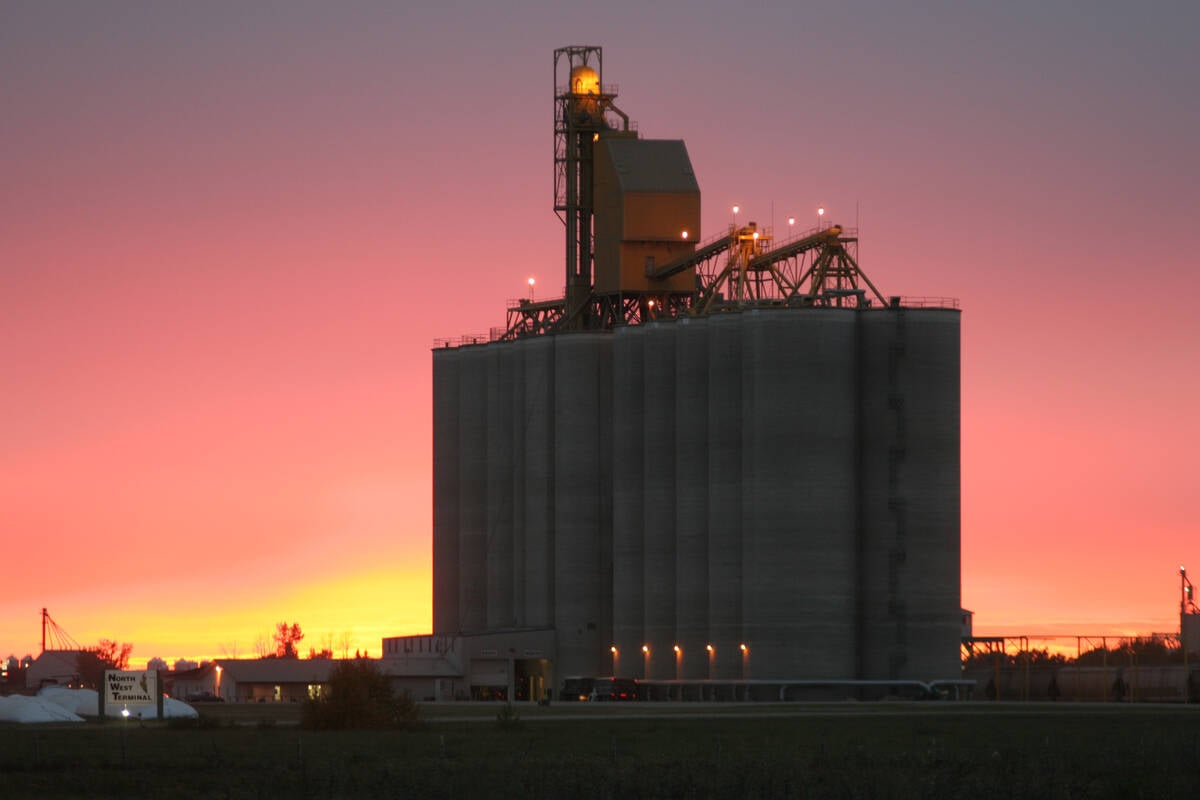OUTLOOK, Sask. – In a two year fertilizer management trials, Norland and Russet Norkotah potato fields fared better with ammonium sulfate applications than with urea.
Vegetable researcher Greg Larson of the Canada-Saskatchewan Irrigation Diversification Centre told the Saskatchewan Vegetable Growers Association conference Feb. 28 that this is likely due to soil temperature and uptake by the potato itself. Best application levels in the trials were between 60 and 80 kilograms per acre.
Side banding worked better than broadcast spreading at planting and hilling time.
There was less leaching, which Larson said can happen to nitrogen if the soil is overirrigated.
Read Also

Bunge to acquire North West Terminal Ltd.
Bunge plans to buy the assets of North West Terminal in Unity, Sask.
“Ammonia sulfate had more bang for the buck than urea,” he said.
Other trials found that phosphorus applied at 24 kg per acre was slightly better side banded than broadcast. There was a quicker uptake in plants, which need the nutrient during early crop development, Larson said.
Potassium is already high in Saskatchewan soil, but researchers found adding more improved quality, produced good tuber yields and increased disease resistance.
There was no measurable improvement seen by adding micronutrients such as boron, manganese, copper and zinc.














